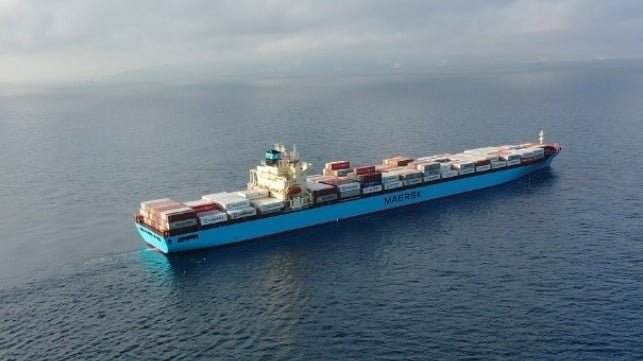Authorities in Greenland are currently dealing with a sinking and spill incident near the island community of Nanortalik in the territory’s far southwest. The small expedition tour vessel Adolf Jensen ran aground and began taking on water near the Tasermiut Fjord, north of the town, on September 18-19. Despite efforts by the Nanortalik fire brigade to transfer a dewatering pump and oil containment gear to the ship using a nearby landing craft, the Jensen ultimately sank at 0705 hours. All crewmembers were able to safely abandon ship, but the vessel went down with an estimated 15-20,000 liters of diesel and 1,000 liters of motor oil on board, raising concerns about environmental impact due to slow degradation of petroleum in the Arctic environment.
To contain any potential pollution, a floating barrier with a diameter of about 50 meters has been extended around the sunken vessel. Reports indicate a visible slick on the surface, prompting collaborative efforts by the Greenland Police and fire service to mitigate the risk of environmental contamination. The sinking of the Adolf Jensen, a former research vessel built in 1967 with accommodations for 12 passengers, a shelter deck forward, and a large working deck just forward of the wheelhouse, has not yet been addressed by the operator.
The incident highlights the challenges of responding to maritime emergencies in remote Arctic regions, where environmental concerns are heightened due to the slow degradation of pollutants. The sinking of the Adolf Jensen underscores the importance of swift and effective response measures to minimize the impact on the fragile ecosystem surrounding Nanortalik and the Tasermiut Fjord. Authorities are working diligently to address the situation and prevent further environmental harm in the area.


















